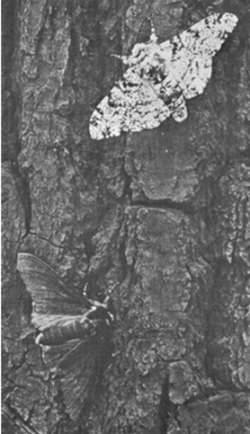
In this analysis and discussion activity, students figure out how mutations and natural selection have resulted in matches between the fur colors of populations of rock pocket mice and their environments.
Next, students view a video that presents relevant research findings, and students answer the embedded multiple-choice questions.
Then, students answer multiple questions and analyze several scenarios to enhance their understanding of mutations and natural selection.
The Student Handout is available in the first two attached files and as a Google doc designed for use in online instruction and distance learning. The Teacher Notes, available in the last two attached files, provide instructional suggestions and background information and explain how this activity is aligned with the Next Generation Science Standards.


 © Serendip® 1994 - All rights reserved. Privacy Policy
© Serendip® 1994 - All rights reserved. Privacy Policy
 In this analysis and discussion activity, students learn that the concept of species is useful because organisms within a species are evolving relatively independently of other populations of organisms and thus can evolve a distinctive suite of adaptive characteristics.
In this analysis and discussion activity, students learn that the concept of species is useful because organisms within a species are evolving relatively independently of other populations of organisms and thus can evolve a distinctive suite of adaptive characteristics.


 In this minds-on analysis and discussion activity, students interpret evidence concerning natural selection in the peppered moth.
In this minds-on analysis and discussion activity, students interpret evidence concerning natural selection in the peppered moth.


 In common experience, the term "adapting" usually refers to changes during an organism's lifetime.
In common experience, the term "adapting" usually refers to changes during an organism's lifetime. This analysis and discussion activity introduces students to the biology of HIV infection and treatment, including the molecular biology of the HIV virus lifecycle and the importance of understanding molecular biology and natural selection for developing effective treatments.
This analysis and discussion activity introduces students to the biology of HIV infection and treatment, including the molecular biology of the HIV virus lifecycle and the importance of understanding molecular biology and natural selection for developing effective treatments.